How to prepare raspberries for winter?
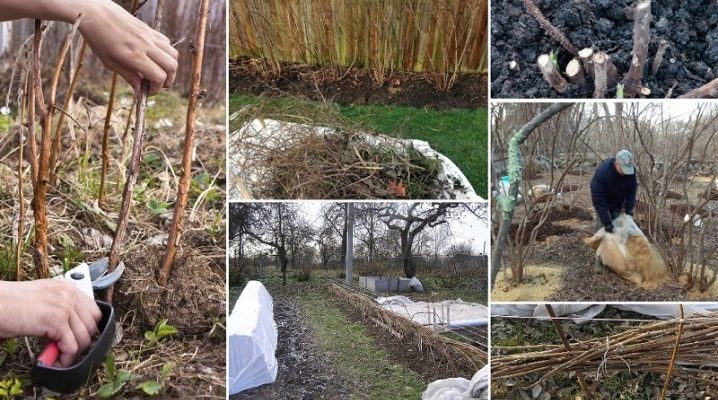
Raspberries are an unpretentious culture, nevertheless, they need care. All it requires in the fall is pruning, feeding, watering, pest control and frost protection. Proper care of the fruit crop will allow the plant to prepare for the dormant period and ensure high yields for the next season.

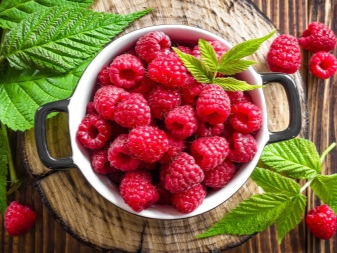
The nuances of trimming
Novice gardeners often wonder if raspberries should be pruned in the fall. The answer to it is unequivocal - it is necessary. Pruning raspberry bushes in autumn is a prerequisite for abundant fruiting for the next season. If you do not pay enough attention to this procedure at the stage of preparation for frost, there is a high risk that the berry plant will be chosen by garden pests and will begin their activity with the arrival of spring heat.
In addition, raspberry bushes need pruning in order to:
- the raspberry bush exactly corresponded to the varietal characteristics of the plant - if you do not carry out the autumn pruning, then the berries will be smaller next year;
- the bushes managed to prepare for the frost and endured the winter months well;
- plants have acquired high immunity, resistance to diseases and pest attacks;
- to give the plantings an aesthetic look and free up a site for agrotechnical manipulations near each individual bush;
- prevent the spread of pests to nearby bushes;
- provide good lighting for indoor shoots.
There are two opinions about the timing of pruning. The optimal period is the period from late August to early September. At the same time, some gardeners argue that pruning done shortly before the onset of frost has the greatest effect. This opinion is erroneous - too late processing has the most negative effect on the plant. When the manipulations are delayed, pathogenic microorganisms and pests actively multiply on the shoots, they worsen the state of the culture and thereby reduce the likelihood of a safe wintering.
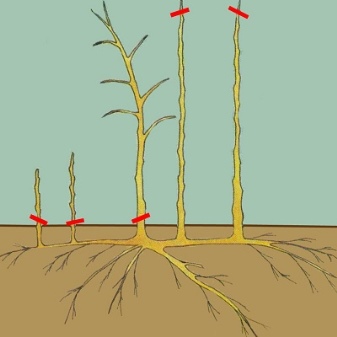
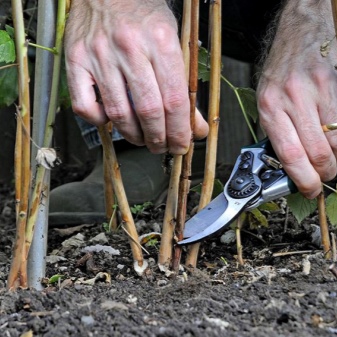
Do not forget that the procedure is quite traumatic for the bush, therefore it must be performed no later than 2 weeks before the first frost. It is imperative to prune raspberries on a dry day; these manipulations cannot be performed when the temperature is kept at a negative mark. Otherwise, the shoots will become too brittle and easily damaged. It is undesirable to prune on rainy days - in this case, there is a high risk of mushroom spores. In addition, on wet branches, it is much more difficult to notice pests that have settled for the winter. As part of the preparation of the raspberry tree for the winter months, the sprouted shoots are cut off. Young greens are also harvested if they are infected with infections and pests. In total, 8-10 of the most powerful shoots should be left per square meter. The more rarefied the raspberry tree is, the more snow will linger in it in winter. This means that with the arrival of spring, such bushes will quickly warm up under the rays of the sun, give more fruit, and the berries will be larger, juicier and tastier.
A pruning shear is used for pruning. Do not take a knife, as it makes an uneven cut and thereby seriously injures the bushes. In no case should you pick off leaves and branches with your hands. After each cut, the working surface of the pruner is disinfected with alcohol, this is especially important when pruning diseased branches.You need to cut off shoots at the very root. If you leave even a small stump, insect pests will certainly settle in it, especially often a gall midge appears in raspberry bushes. In addition, the stump forms cold bridges to the roots, and this significantly impairs the wintering of the plant. Annual stems are shortened by 20-25 cm.If they are too long, they will begin to take away water and useful trace elements from the roots... Long stems are cut to the meter mark.
All cut fragments must be burned, healthy ones can be put in a compost pit.
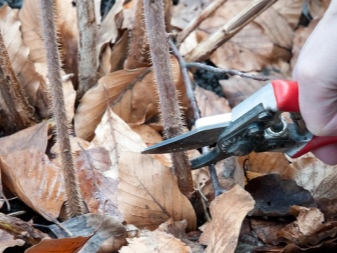
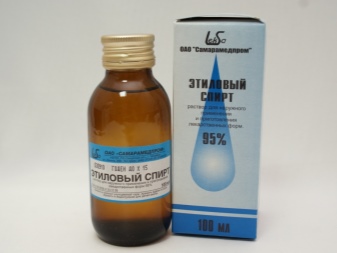
Top dressing
Preparing raspberries for winter includes mandatory feeding. Fertilization at this stage allows the bushes to better prepare for frost and stimulate active vegetation with the arrival of spring.
Required fertilizers
Organic and mineral fertilizers are used for feeding, experienced gardeners alternate them over the years. Of organic matter, the greatest effect is given by humus, compost and manure - they are brought in at the rate of 45 kg / sq. m. Do not exceed this dosage - organic matter contains a large amount of nitrogen, it causes the active growth of young shoots. As a result, the plants begin to re-vegetate, and even mild frosts can destroy them.
Use with great care chicken droppings. It can be applied exclusively in liquid form. To prepare a working solution, 1 kg of manure is dissolved in a bucket of water and insisted for 3-5 days. Among the mineral compositions, the plant needs phosphorus and potassium preparations. They are brought in at the rate of 60-90 g per square meter of the planting area. Alternatively, you can use ready-made store preparations labeled "autumn".
Siderates planted at the beginning of the season are a good top dressing. As soon as the entire crop is harvested, they are cut off and buried in the ground during digging. During the winter, they rot and enrich the land with valuable micro- and macroelements.
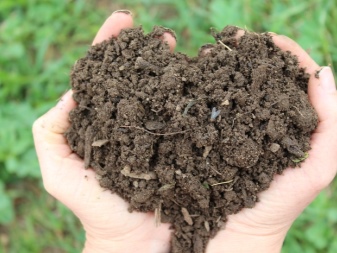
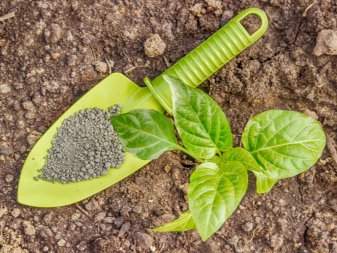
Introduction
Organic and mineral fertilizing is applied to the ground immediately after pruning and removal of weeds during transplantation. To do this, it is necessary to dig up the ground between the rows and in the near-trunk circle to a depth of 10 cm. If you dig deeper, you can damage the underground part of the raspberry bush. Fertilizers are distributed over the treated area with a rake, buried in and watered abundantly.
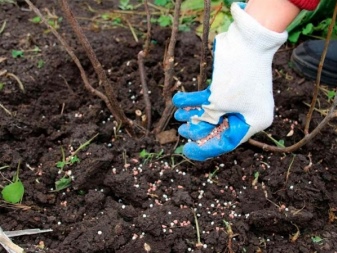
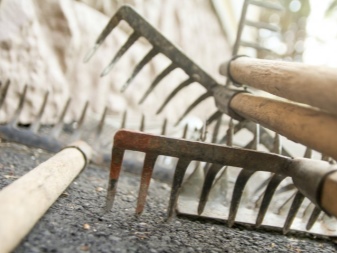
Treatment against diseases and pests
In the ground and underground parts of the raspberry bush, insect pests, as well as pathogens of fungal and bacterial diseases, are often hibernated. With the arrival of warmth, they wake up and begin their destructive activity. To prevent damage to horticultural crops weakened after the winter season, preventive treatment should be carried out. First of all, you need to clean the entire area under the raspberry tree. Diseased leaves, shoots remaining after pruning, weeds and fallen leaves are collected and carefully burned. Processing is carried out necessarily in clear weather. It is desirable that there is no rain in the next 2-3 days, otherwise all chemicals will be washed off with water, and such treatment will not give an effect.
Preparations save against pests "Actellik", "Intavir" or "Fufanon"... These are chemical insecticides, so they need to be used only after the final harvest and always in strict accordance with the instructions. If you prefer more gentle methods, you can use folk remedies. To do this, 100 g of dry mustard powder is diluted in 5 liters of water, mixed and treated with the resulting solution of raspberry bushes. Bordeaux liquid is used against viruses and fungi. This concentrated preparation can be purchased at any gardening store.
For autumn processing, it is bred to a 3% concentration, the trunk circle is treated and the shoots are sprayed.
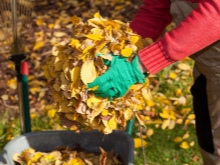
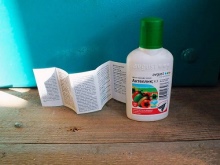
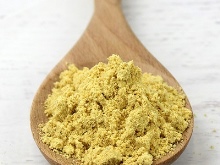
Watering
Caring for a raspberry bush provides for mandatory water-charging watering in the autumn months. If the weather is rainy outside, then you can limit irrigation to a one-time procedure a couple of weeks before the stable onset of cold weather. In dry weather, the procedure is carried out three times, starting in October. For this, 50 liters of water are poured into each square meter. In this case, you need to ensure that so that the land does not swamp. If the substrate is wet, then watering is carried out in several passes with an interval of 1.5-2 hours. Moisture-charging watering is extremely important for plants, in no case should it be neglected.
Wet soil freezes much more slowly than dry soil, and to a shallower depth. Therefore, the roots of the plant are not damaged, which means that the resistance of the raspberry plant to frost increases many times over.

Mulching and sheltering
Raspberry differs in that its root system is located close to the surface of the soil, therefore, the plant is especially vulnerable to winter cold. In this regard, it is extremely important to create additional protection for the shrub, which will retain heat and protect seedlings with mature bushes from freezing in the winter months. For this, mulching with sawdust, peat or straw is used, less often compost is used.
Sawdust covers the area in the periosteal circle to a height of 10-15 cm... This mulch will retain heat and moisture. In addition, the next year it mixes with the ground, and after a while high-quality humus will turn out from the sawdust. It is better to cover peat with a layer of 5-7 cm - this type of mulch can be used even after the first frost and the first snow. When using straw, the ground around must be mulched to a thickness of 8-10 cm.
Mulch compost is used much less frequently. The fact is that it contains a lot of nitrogen, it can create a greenhouse effect. Such a pillow leads to overheating of the root system. Therefore, if you are determined to lay just such a covering material, you need to lay it out in a layer of no more than 3-4 cm.

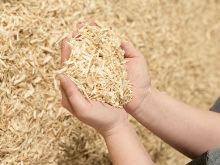
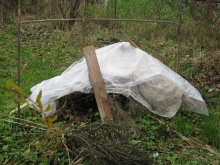
Features of preparation for different regions
The preparation of raspberries for wintering in different regions has its own characteristics. For example, agricultural technology in Moscow and the Moscow region will differ from the one that should be followed in the Leningrad region, the Urals, Siberia or Transbaikalia. So, in the Volga region winters are famous for their severe frosts - the thermometer can drop to -30 degrees and stay at this mark for 2-3 days. For pruned raspberry bushes, such frosts are not terrible, and first-year forcing in such conditions can seriously suffer.
To avoid undesirable consequences, the shoots are bent to the ground in such a way that so that the snow completely covers them in winter. The stems of neighboring bushes are connected together and tied together with a rope. Another way is to tilt the branches in one direction and secure them near the base of a nearby bush. For winter-hardy varieties, a different technique is used - to put pillars near the bush and fix the shoots to them with a vertical beam, and after the snow falls, dig in a bush for them. In the Moscow region and central Russia, the bushes bend down at a level of 30-40 cm. In Transbaikalia and other regions with little snow - at a distance of 15-20 cm. But in the south of our country, this measure can be completely neglected.
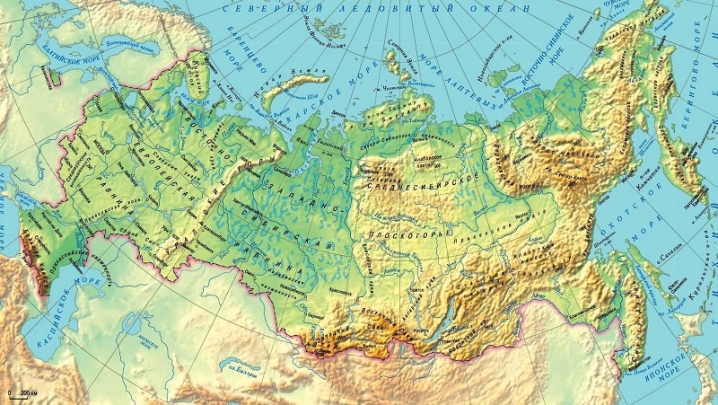
Useful Tips
Every experienced gardener knows that snow is a reliable insulator for any plants in the garden in winter. In order to protect the berry bushes from severe frosts, they must be covered with a snow layer to a height of 50 to 100 cm.In order to ensure maximum snow retention near the raspberry tree, shields are placed along one line, for this they use old wood, plywood or carbonate. Alternatively, you can build a wall with dry sunflower and corn stalks stuck in the ground and fastened in a criss-cross pattern. In winter, snow provides effective protection from frost, and with the arrival of spring heat, it saturates the earth with moisture. Melt water is useful for berry culture, therefore, shortly before the onset of warm spring days, the snow near the plants must be carefully tamped and sprinkled with sawdust or straw.
In conclusion, let's talk about harvesting the land in the raspberry tree. When leaves begin to fall from the bushes, many leave it as it is. However, this is the most common mistake - in a humid environment, bacterial rot readily multiplies and fungi multiply. Of course, modern hybrid raspberries are persistent. Nevertheless, it is not worth creating prerequisites for the development of infections on the site. All leaves must be removed and burned, preferably in an iron barrel. The resulting ash is rich in potassium, so it can be used for feeding and adding to the ground during autumn digging.
Immediately after clearing the land, digging is carried out with a pitchfork to a depth of 15-20 cm. Garden pests arrange their winter burrows in the ground. If they are not destroyed, then in the spring, no spraying will save the plants. It is not difficult to take care of raspberries in autumn, the work does not require an impressive expenditure of time and effort.
However, proper agricultural technology will allow the plant to accumulate strength for a long wintering and active growing season with the arrival of heat. Only in this case, you can count on getting a rich harvest of large and sweet berries.
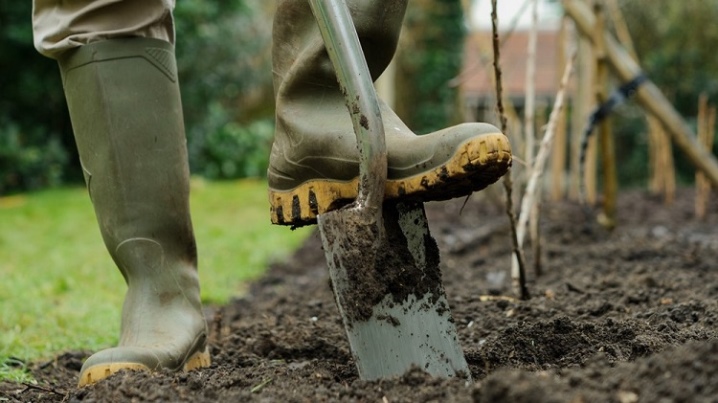













The comment was sent successfully.